ARPA-E 2024 Innovation Summit
A showcase of technologies that could revolutionize the way we use, generate, and store energy.
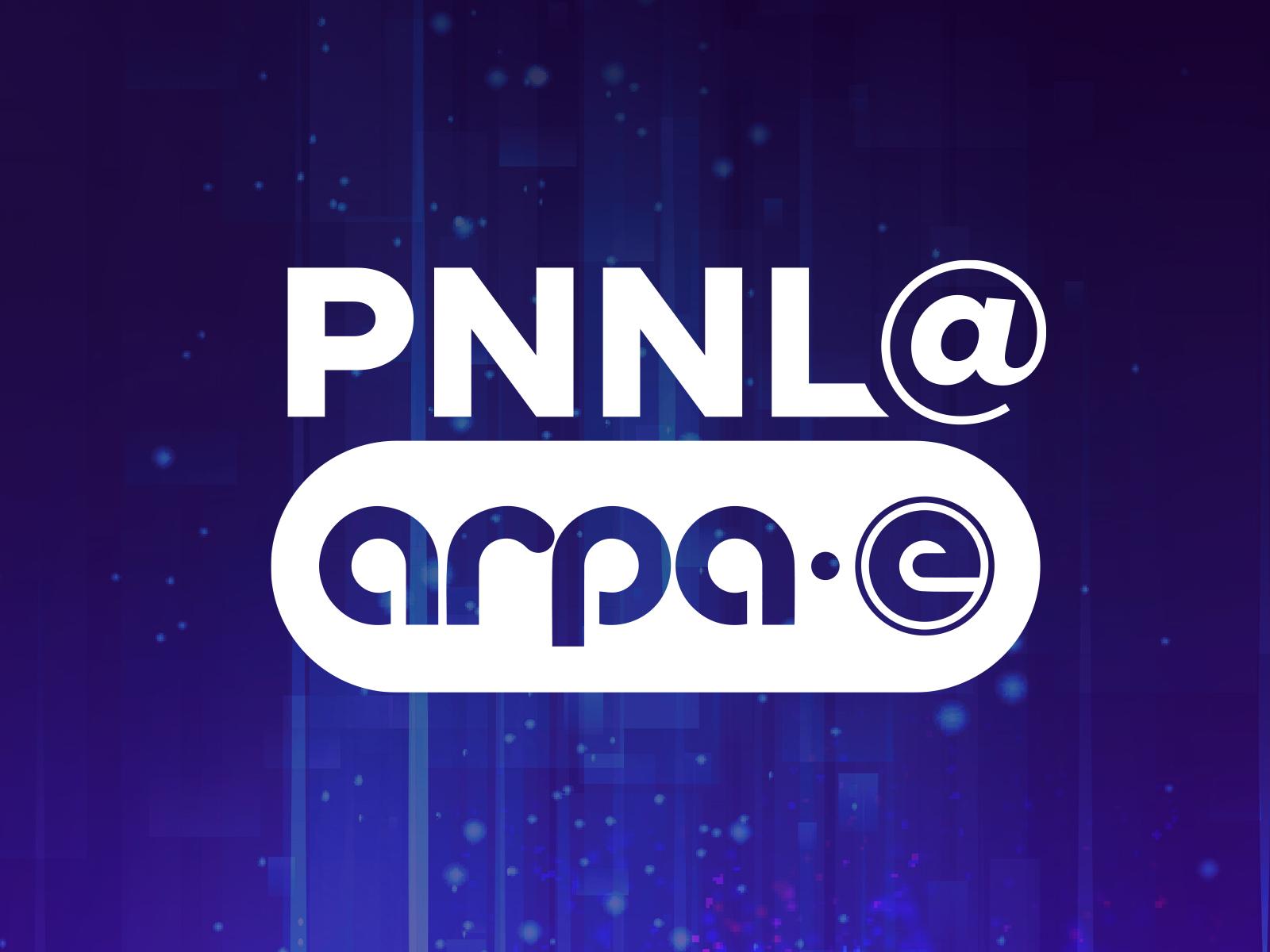
Image by Donald Jorgensen | Pacific Northwest National Laboratory
Dallas, Texas
Join researchers from Pacific Northwest National Laboratory (PNNL) at the ARPA-E 2024 Energy Innovation Summit. The conference showcases technologies and people from different technical disciplines working on new ways to overcome America’s energy challenges. At this year’s conference, seven PNNL projects will be on display. A complete list of the projects, team leads, and booth numbers is below. We hope to see you there!
PNNL Projects on Display
AutonomIA
Booth 1329
PI: Sonja Glavaski

Ready for gridlock to be a thing of the past? Autonomous Intelligent Assistant (AutonomIA) is a new traffic management system that leverages advanced sensing, adaptive signaling technologies, and connected automated vehicle technology. The research team will demonstrate 20 percent energy efficiency improvements over current city-level traffic management policies by minimizing travel delays on roads and highways. Less idling means less greenhouse gas emissions released into the environment.
Learn more about this project:
- Autonomous Intelligent Assistant (AutonomIA): Resilient and Energy-Efficient City-wide Transportation Operations - ARPA-E Technologies
The Circular Home
Booth 1007

A carbon-negative home built with plant-based, durable, and reusable materials represents the future of residential construction. PNNL and partners are developing an innovative approach toward modular design and construction of residential buildings that centers around reuse, repurposing, and reimagination of building components. Volumetric design uses a combination of modules and parts that can be configured to meet a variety of uses, lifestyles, and climate conditions, including earthquake resilience.
Learn more about this project:
- Researching the Circular Home Solution: An interview with Darrin Griechen, VP of Product & Technology - Green Canopy NODE
- PNNL, WSU, & Green Canopy Node Team Set to Receive $2.63 Million in Funding to Research Circular Design of Modular Residential Buildings that Turn Houses into Carbon Storage Structures - PR Newswire
- Carbon-negative homes research earns $2.6 million grant - WSU Insider
ARPA-E GO Competition
Booth 328
PI: Stephen Elbert
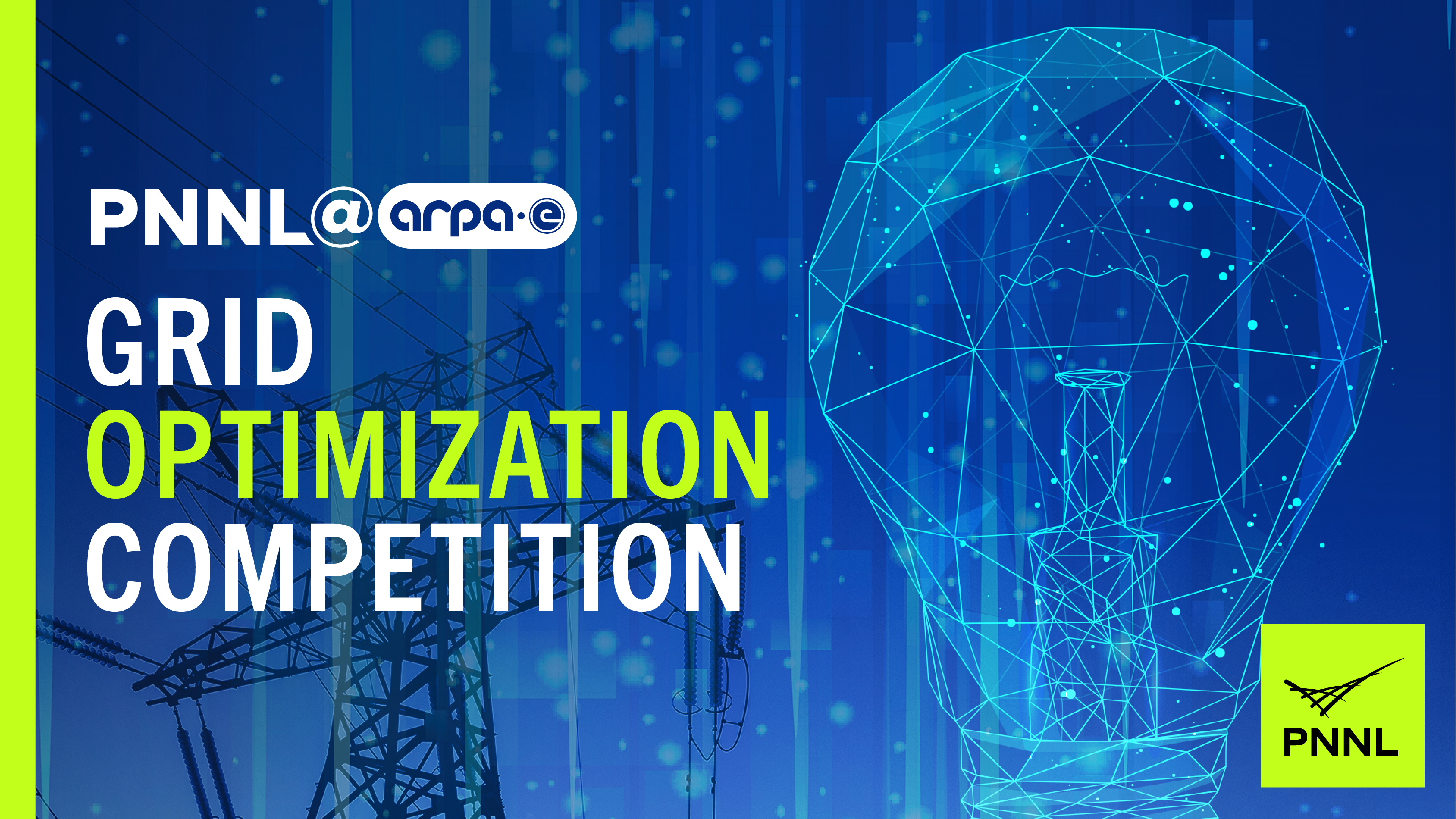
ARPA-E’s Grid Optimization (GO) Competition comprises a series of prize challenges to accelerate the development and evaluation of new software solutions for tomorrow’s electric grid. Key areas for development include optimal utilization of conventional and emerging technologies, management of dynamic grid operations (including extreme event response and restoration), and management of distributed energy resources. Winning projects will enable greater flexibility, reliability, security, energy efficiency, and resilience for the power grid while substantially reducing costs.
Learn more about this project:
Optimal Global Planning Tool for Freight Transportation (OPT-GPT)
Booth 1428
PI: Nawaf Nazir
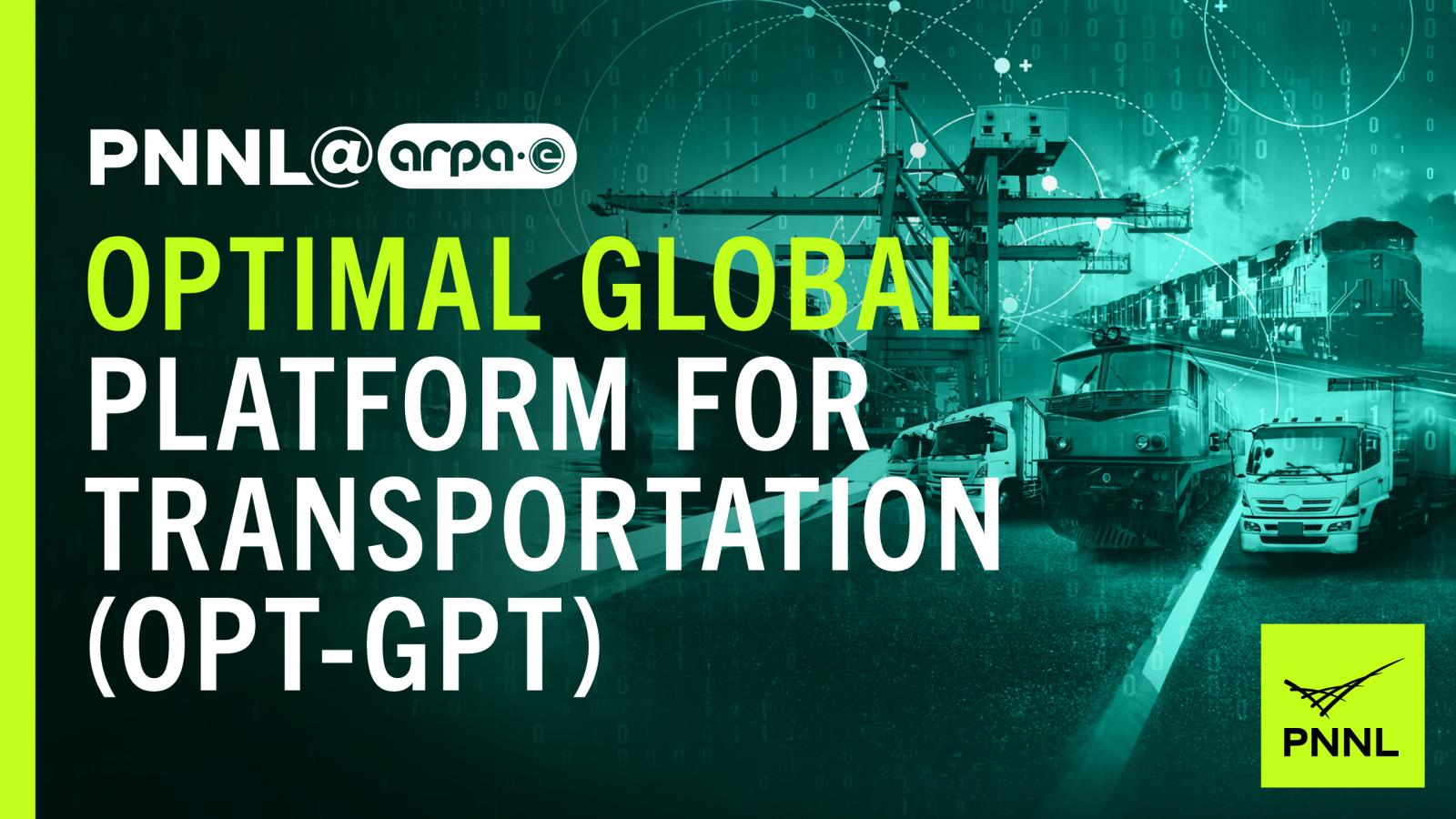
PNNL will develop a decision-support tool to evaluate the impact of present and future low-emission fuels on intermodal freight transportation with the goal of optimizing the fuel-mix deployment to minimize greenhouse gas emissions. PNNL’s innovative approach could reduce greenhouse gas emissions from the intermodal freight sector by 60 percent by 2050.
Learn more about this project:
- Project Overview Presentation - ARPA-E website
Supercritical CO2 Based Mining for Carbon-Negative Critical Mineral Recovery
Booth 807
PIs: Allie Nagurney, Nabajit Lahiri, Todd Schaef
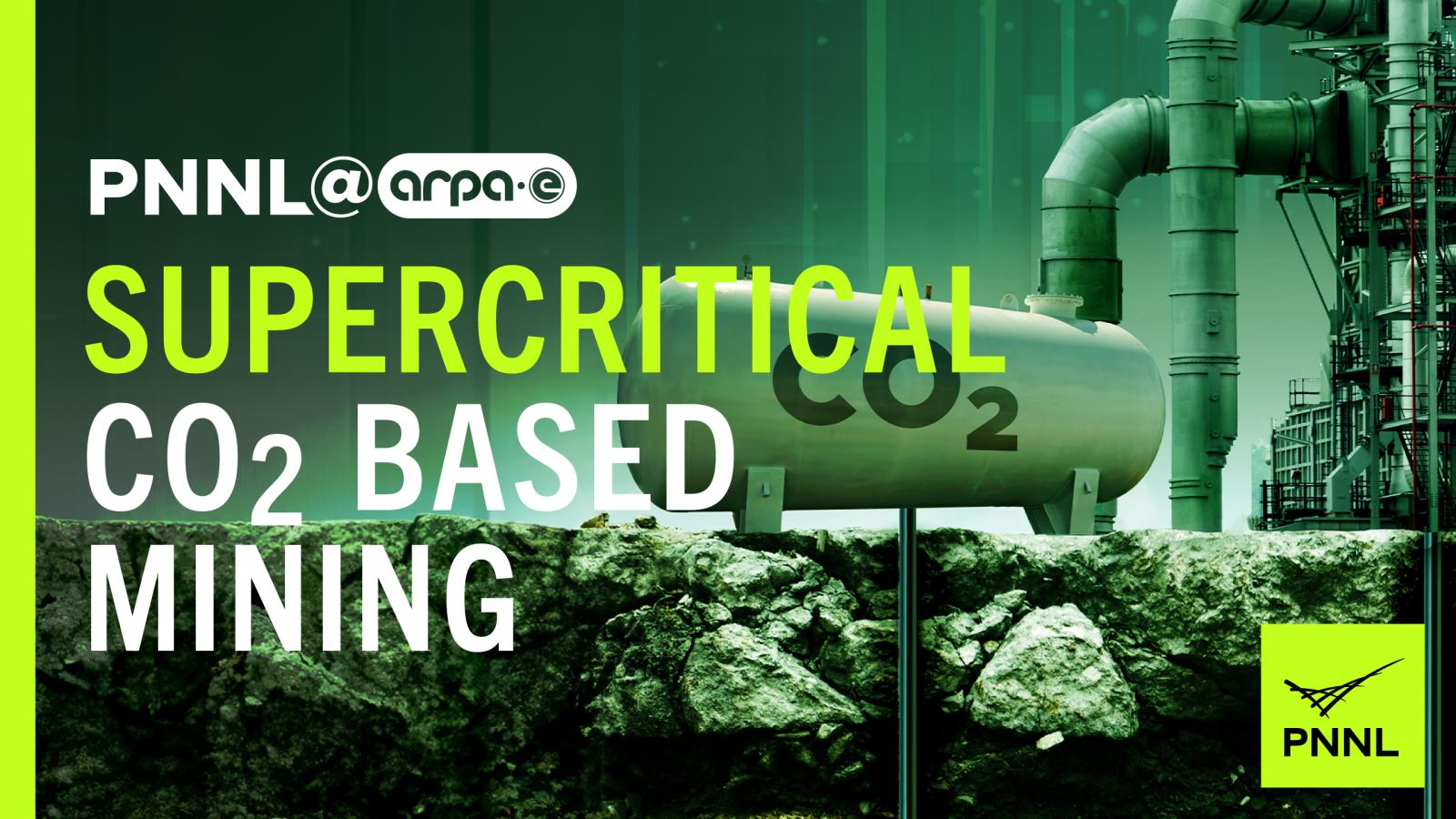
PNNL aims to develop the first integrated, comprehensive suite of methods to deliver a proprietary supercritical carbon dioxide (scCO2)-based leaching fluid to mafic-ultramafic ores for in situ enhanced critical mineral (e.g., nickel, copper, and cobalt) recovery and CO2 sequestration. The project will increase the U.S. critical mineral supply chain by using existing horizontal drilling technologies to inject scCO2 to mine low-value mafic-ultramafic ores not typically mined. The goal is to create a carbon-negative pathway, reduce mineral beneficiation energy cost by 57 percent, and mineralize approximately 110 kg CO2 per kg of critical mineral extracted.
Learn more about this project:
- Project Overview - ARPA-E website
- Cornell to Help Boost US Supply of Critical Energy Minerals - Cornell.edu
- Stillwater Partners with Cornell University on Hydrometallurgy and Carbon Capture Initiatives - Mining.com
Re-Mining Red Mud Waste for CO2 Capture and Storage and Critical Element Recovery
Booth 806
PI: Xin Zhang
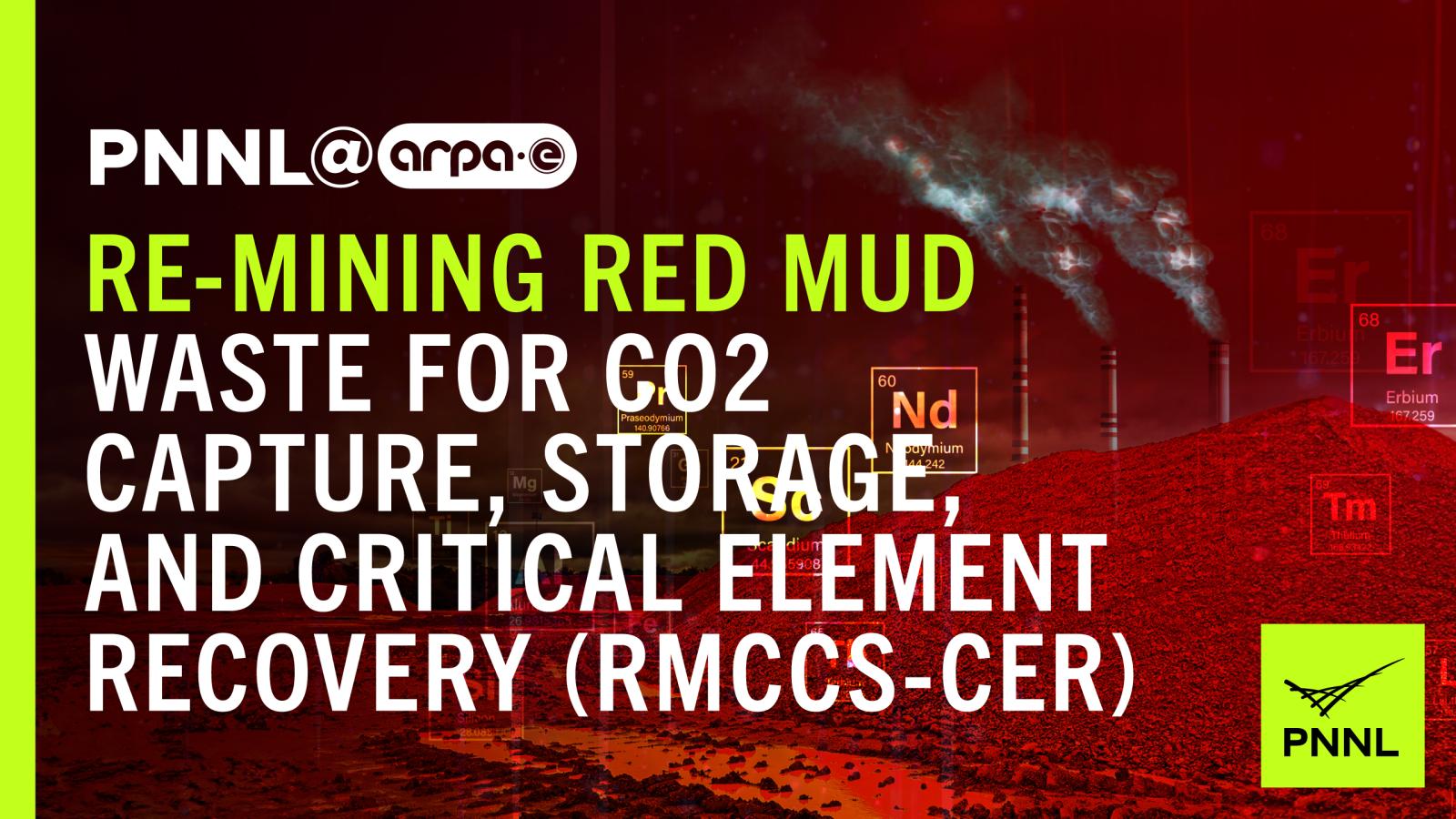
PNNL researchers and partners are using supercritical CO2 to recover critical elements, especially rare earth elements, from red mud—a tailing waste from aluminum production—while also capturing some of the CO2 in stable carbonates. The researchers believe they can combine the benefits of reducing bauxite waste and recovering critical minerals with carbon capture to ultimately produce a multiplicative effect in reducing environmental hazards.
Learn more about this project:
- Project Overview - ARPA-E website
- PNNL Studies Carbon Negative REE Mining - Metal Tech News
Advanced Manufacturing High-Entropy Alloys as Cost-Effective Plasma Facing Components for Fusion Power Generation
Booth 521
PI: Osman El Atwani
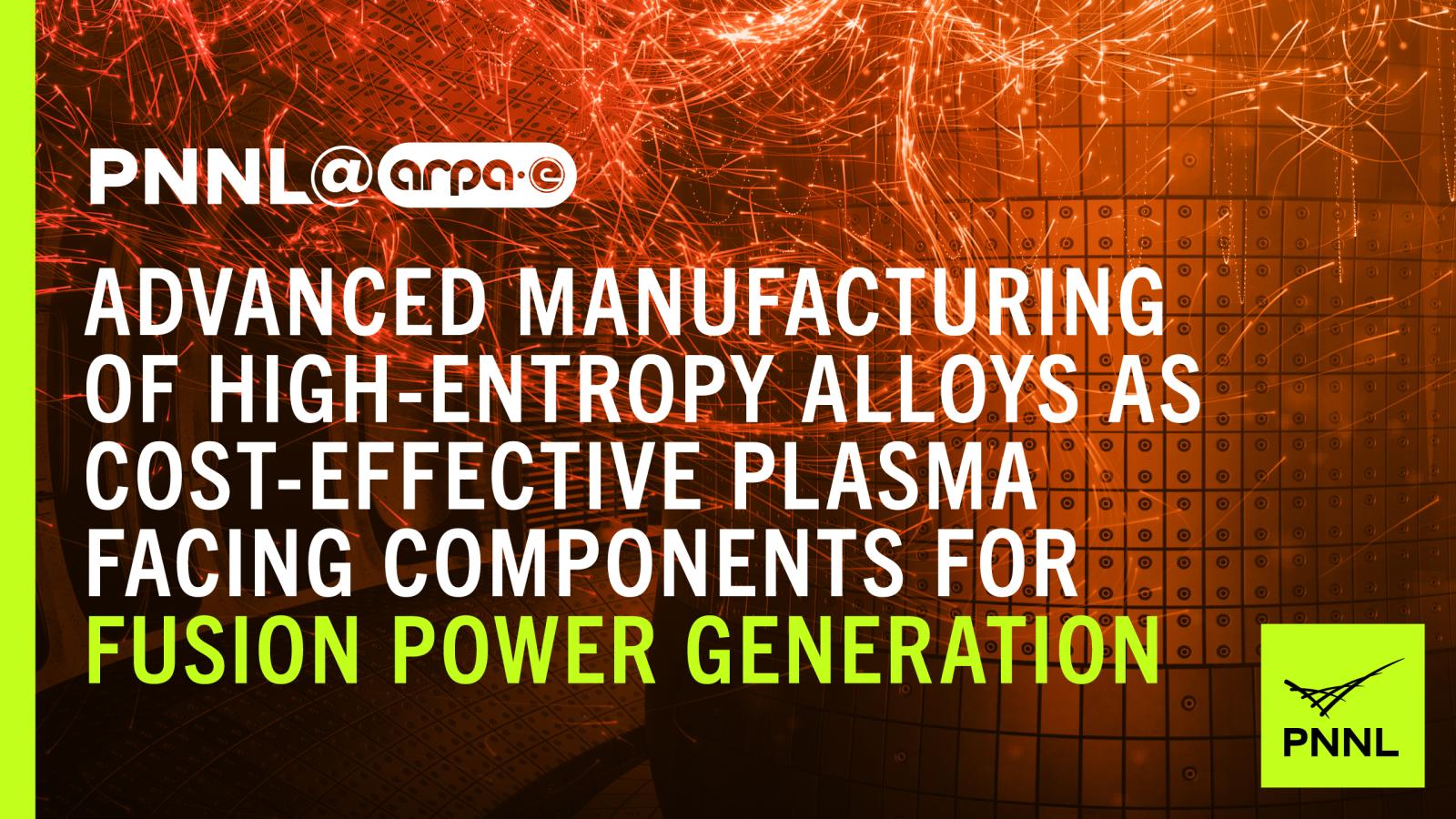
PNNL researchers are making practical fusion energy a reality though novel manufacturing methods of unique tungsten alloys that can endure extreme conditions as plasma facing components of fusion reactors. These alloys, with unique compositions and microstructures, are optimized using advanced and additive manufacturing processing techniques. The goal is to make fusion power generation more feasible and economically viable, potentially leading to a new, cleaner energy source. The project anticipates a commercial solution by the early 2030s.
Learn more about this project:
- Project Overview - ARPA-E website
- Outstanding Radiation Resistance of Tungsten-Based High-Entropy Alloys - Science Advances